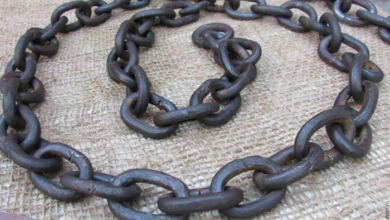What you should know about couplings?
Mechanical engineering is an industry in which a large number of specialists have been employed today. Work in it is impossible without the use of special equipment and special devices that allow you to achieve the desired result. Quite often, the performance of tasks requires the end of the ends of the wires, pipes, rods and other products. For this purpose, the coupling is necessary.
Manufacturers offer a wide selection of the presented devices that are divided into numerous groups. For example, they can be controlled and uncontrollable. The latter are used in the case when unified and inextricable shafts are intentionally turned into composite.
If the classification is based on the principle of functioning and design, the devices are divided into deaf, elastic and compensating. The prevalence of deaf sleeve models is the highest. For their production, as a rule, steel is used. Another options are flange products, the materials for the manufacture of which became cast iron and carbon steel. They are characterized by the presence of two half -meters having the form of flanges. Their use makes it possible to connect the shafts for a long time. At the same time, they differ in affordable cost and simplicity of design. The use of elastic couplings is recommended when working with inconspicuous shafts, the cause of which is the inaccuracy of manufacturing or installation. Displacement can be longitudinal, radial, angular and combined. The need for compensating couplings arises if it is required to reduce dynamic and shock loads transmitted by the connected shafts.
The main purpose of the controlled (adhesion) devices is to ensure the implementation of frequent stops and descents, regular adhesion and dispensation. They are completely mechanical, electric, hydraulic, pneumatic. Despite the identity of the principle of action, such designs are designed for different sources of energy.
Considering mechanical products, it should be noted that they can be toothed, fist and friction. Tough models guarantee compensation of shaft displacements. They are characterized by compactness, the ability to withstand significant loads. Four devices consist of several half -kilos, applied by end fists. Their advantages are compactness, lack of slipping. However, inclusion at high speed is impossible. A feature of the friction devices was the smooth compound, which provides a low noise level.



